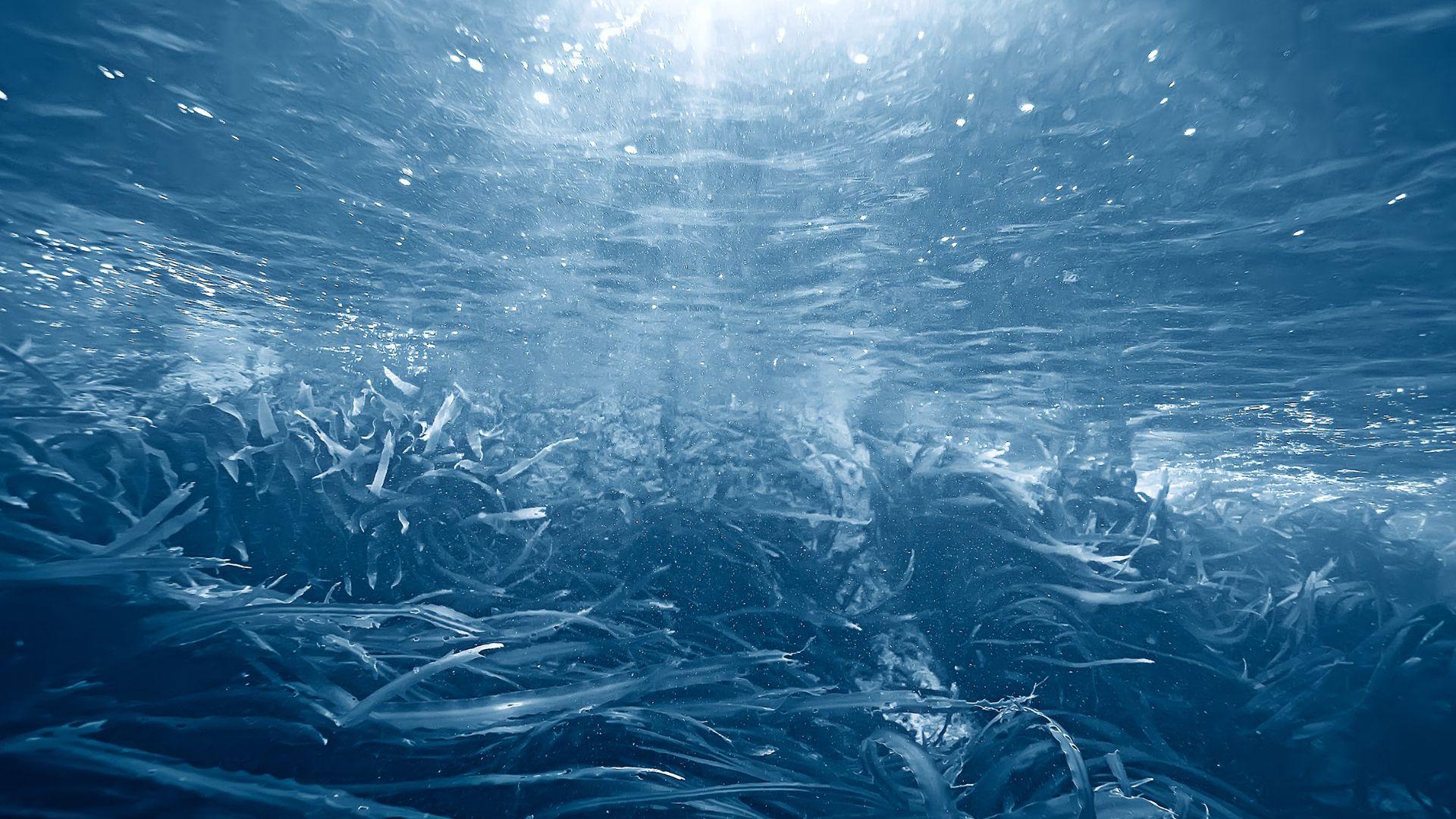In the darkest depths of the Red Sea, scientists have made a stunning discovery that could shed light on the origins of life itself. A team of researchers from the University of Miami has uncovered dense, salty lakes known as “death pools” at the bottom of this narrow sea between the Arabian Peninsula and Africa. These rare pools, among the most extreme environments on Earth, are both fascinating and deadly.
Despite their inhospitable nature – hypersaline, oxygen-free, and capable of immediately stunning or killing any animal that strays into their waters – these pools teem with living microbes. This remarkable contrast offers potential insights into how life on our planet began and how organisms might evolve on water-rich worlds beyond Earth. Join us as we dive into the intriguing world of these deep-sea brine pools and explore their significance for science, medicine, and our understanding of Earth’s history.
The Formation and Characteristics of Deep-Sea Brine Pools

Deep-sea brine pools are like underwater lakes that form on the ocean floor. They’re created when salt deposits from ancient seas dissolve, creating extremely salty water that’s denser than the surrounding seawater. This dense, salty water sinks and collects in depressions on the seafloor.
These pools have unique features that set them apart from the surrounding ocean. They’re incredibly salty, sometimes up to 10 times saltier than normal seawater. They also contain no oxygen, making them deadly to most sea life. Despite these harsh conditions, some tiny living things can still survive there.
Extremophile Microbes: Life in the Most Inhospitable Environments
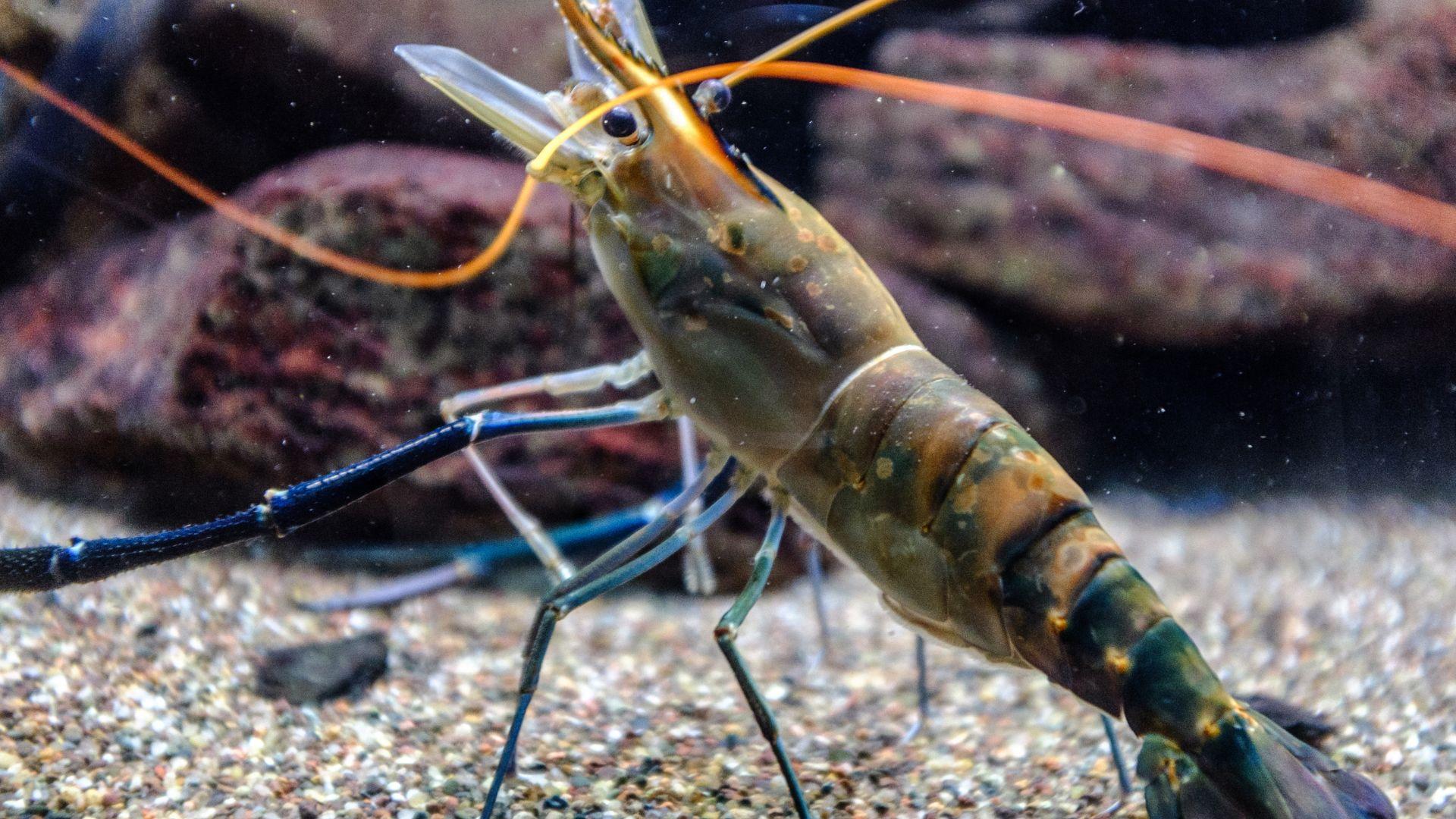
Extremophile microbes are tiny living things that thrive in conditions that would kill most other life forms. In the case of brine pools, these microbes have adapted to survive in extremely salty water with no oxygen. They’re tough little creatures that can teach us a lot about how life can exist in harsh environments.
Studying these microbes is exciting because it shows us how adaptable life can be. Scientists are interested in how these tiny organisms make energy and protect themselves from the salt. Understanding these microbes could help us figure out how life might survive in other extreme places, even beyond Earth.
Implications for the Origin of Life on Earth and Potential Extraterrestrial Life
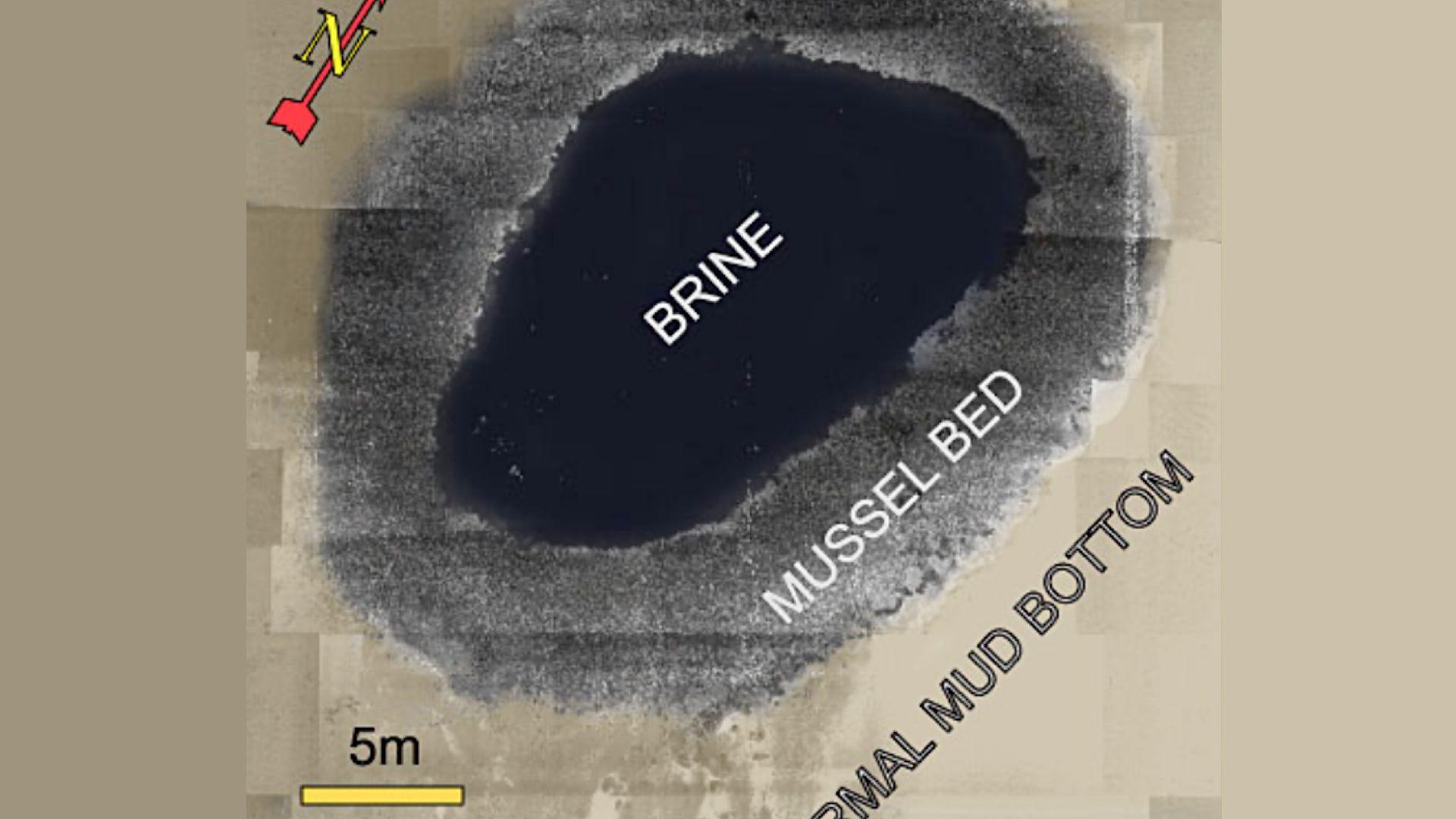
The discovery of life in brine pools gives us clues about how life might have started on Earth long ago. Scientists think that early Earth had no oxygen in its oceans, similar to these brine pools. By studying the microbes in these pools, we can get an idea of what early life forms might have been like.
This research also helps us think about life on other planets. If life can exist in such extreme conditions on Earth, it might be possible on other worlds too. Places like the moons of Jupiter or Saturn have oceans under their icy surfaces. Understanding how life survives in our brine pools could help us know what to look for on these distant worlds.
The Hunt for Novel Medicines: Microbial Discoveries in Brine Pools
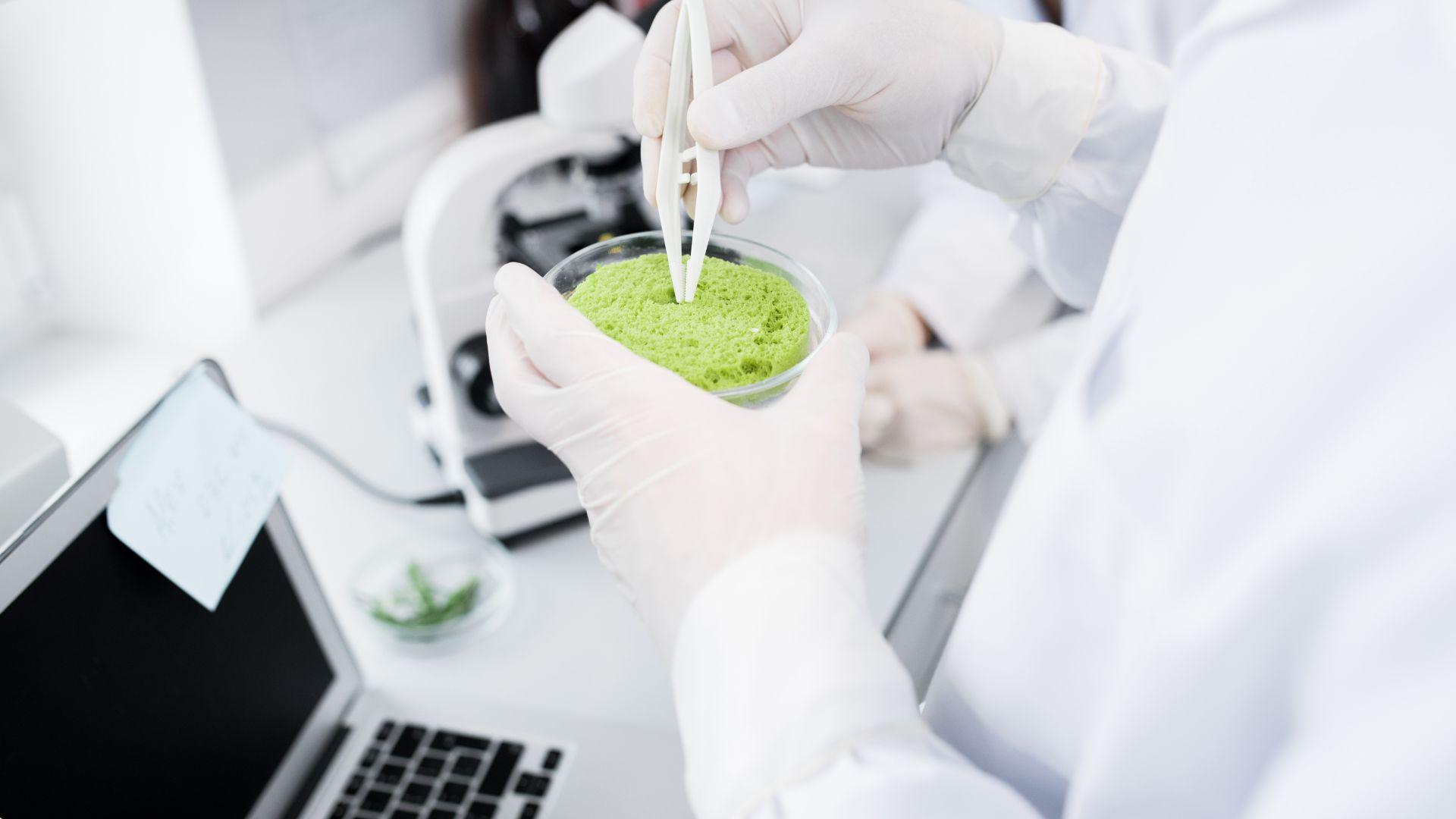
The unique microbes living in brine pools could be a treasure trove for new medicines. These tiny organisms have to produce special chemicals to survive in such harsh conditions. Some of these chemicals might be useful for treating human diseases.
Scientists have already found some promising leads. Certain microbes from brine pools make substances that can fight bacteria or even cancer cells. As we study these pools more, we might discover new antibiotics or other important drugs. This shows how exploring extreme environments can lead to breakthroughs in medicine.
Mapping the Red Sea’s Brine Pools: A Journey of Exploration
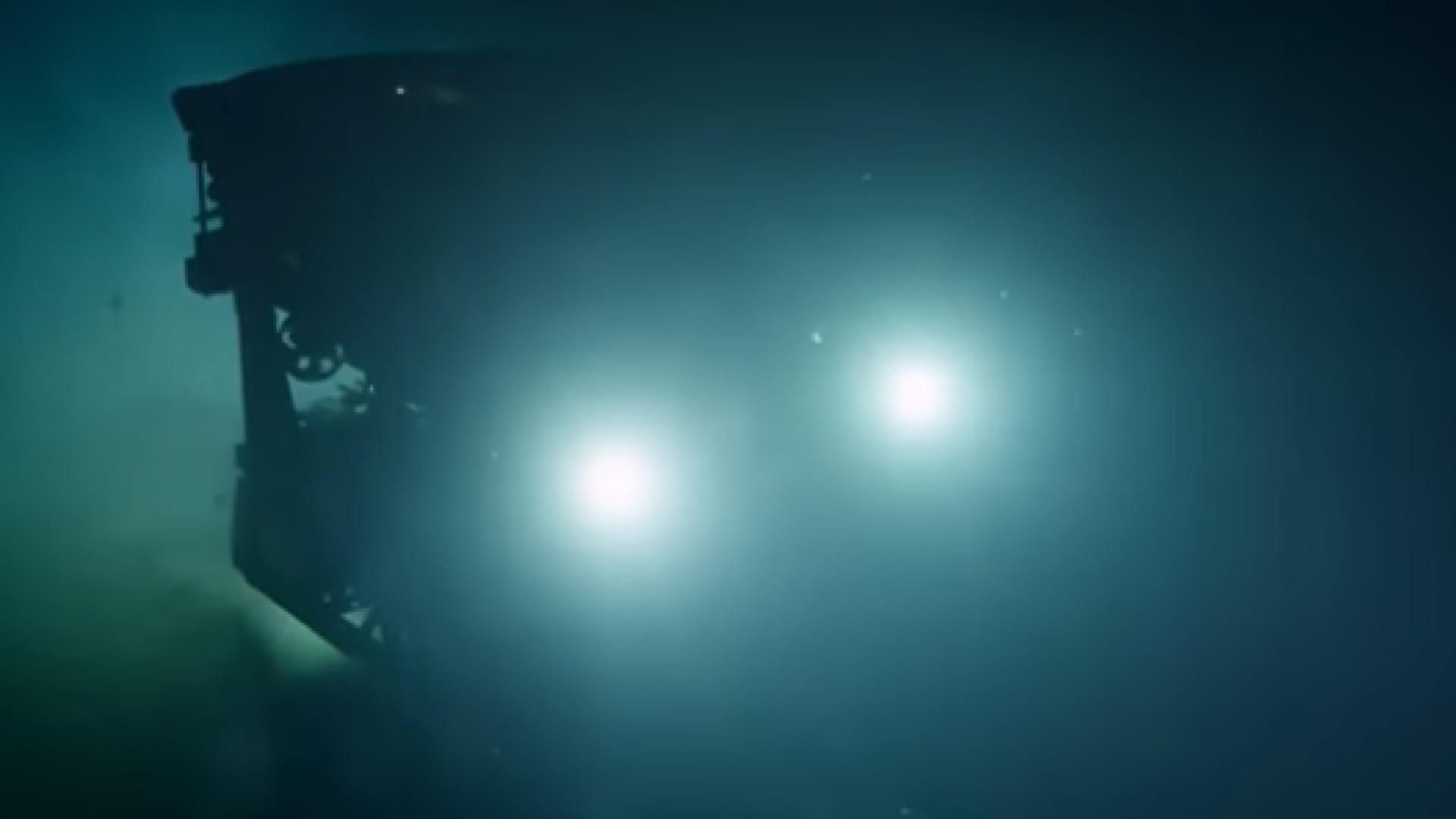
Exploring the deep sea to find brine pools is like a modern-day treasure hunt. Scientists use special underwater robots to search the ocean floor. These robots have lights and cameras to see in the dark depths and can take samples of water and sediment.
Mapping these pools helps us understand how common they are and where they form. Each new pool discovered could teach us something new about deep-sea life or Earth’s history. It’s exciting work that combines adventure with important scientific research, revealing secrets hidden in the darkest parts of our oceans.
The NEOM Brine Pools: A Closer Look at the Latest Discovery
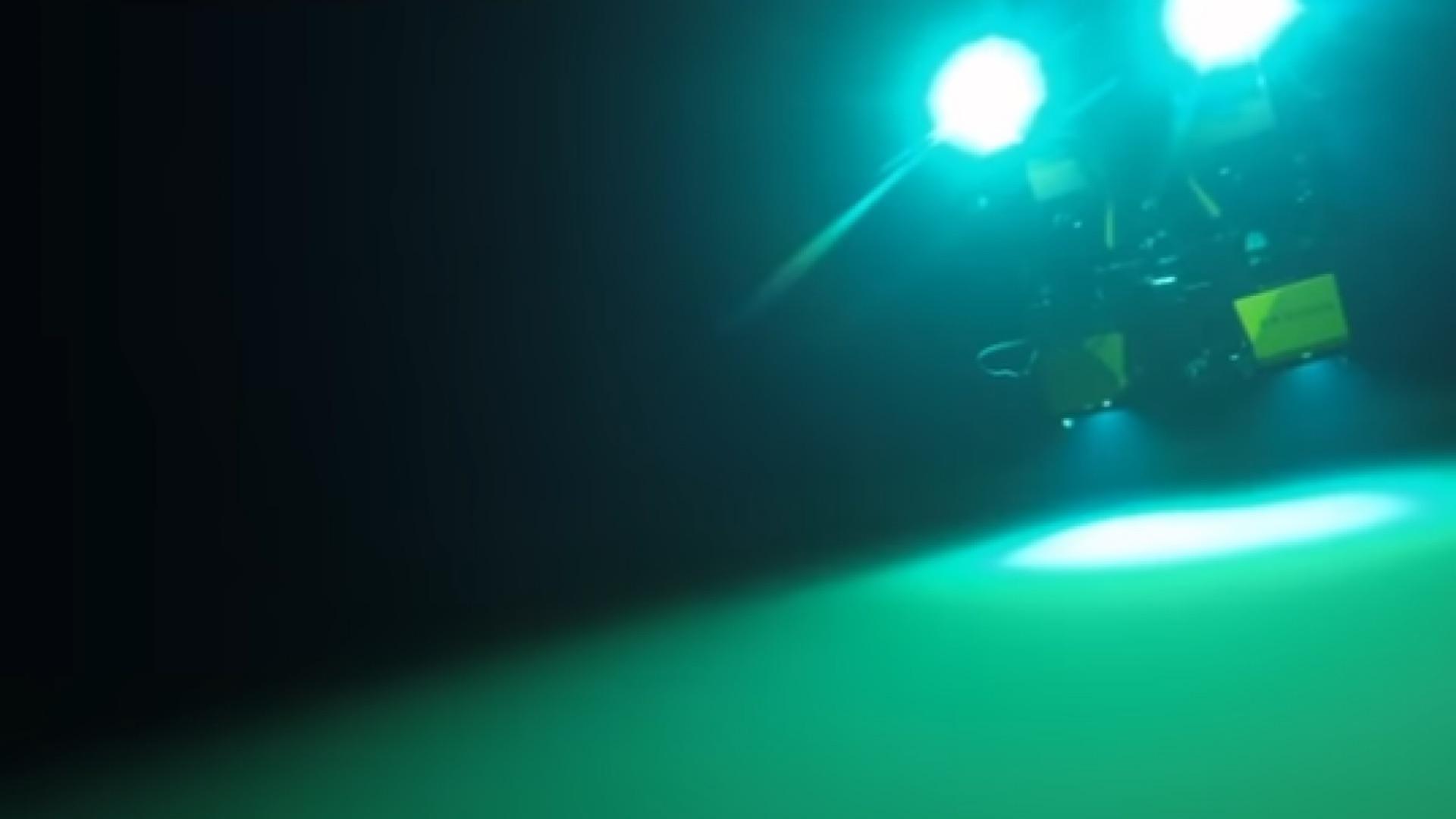
The NEOM Brine Pools, found in the Gulf of Aqaba in the Red Sea, are a groundbreaking discovery. Unlike most known brine pools, these are much closer to the shore, just about a mile away. This makes them easier to study and potentially more influenced by what happens on land.
The largest of these pools is huge, about the size of 20 football fields put together. The smaller ones are tiny in comparison. Scientists are excited because these pools could tell us a lot about the area’s history, including ancient floods, earthquakes, and tsunamis. Their unique location might help us understand how the land and sea interact over time.
Predatory Behavior Around Brine Pools: Nature’s Deadly Trap
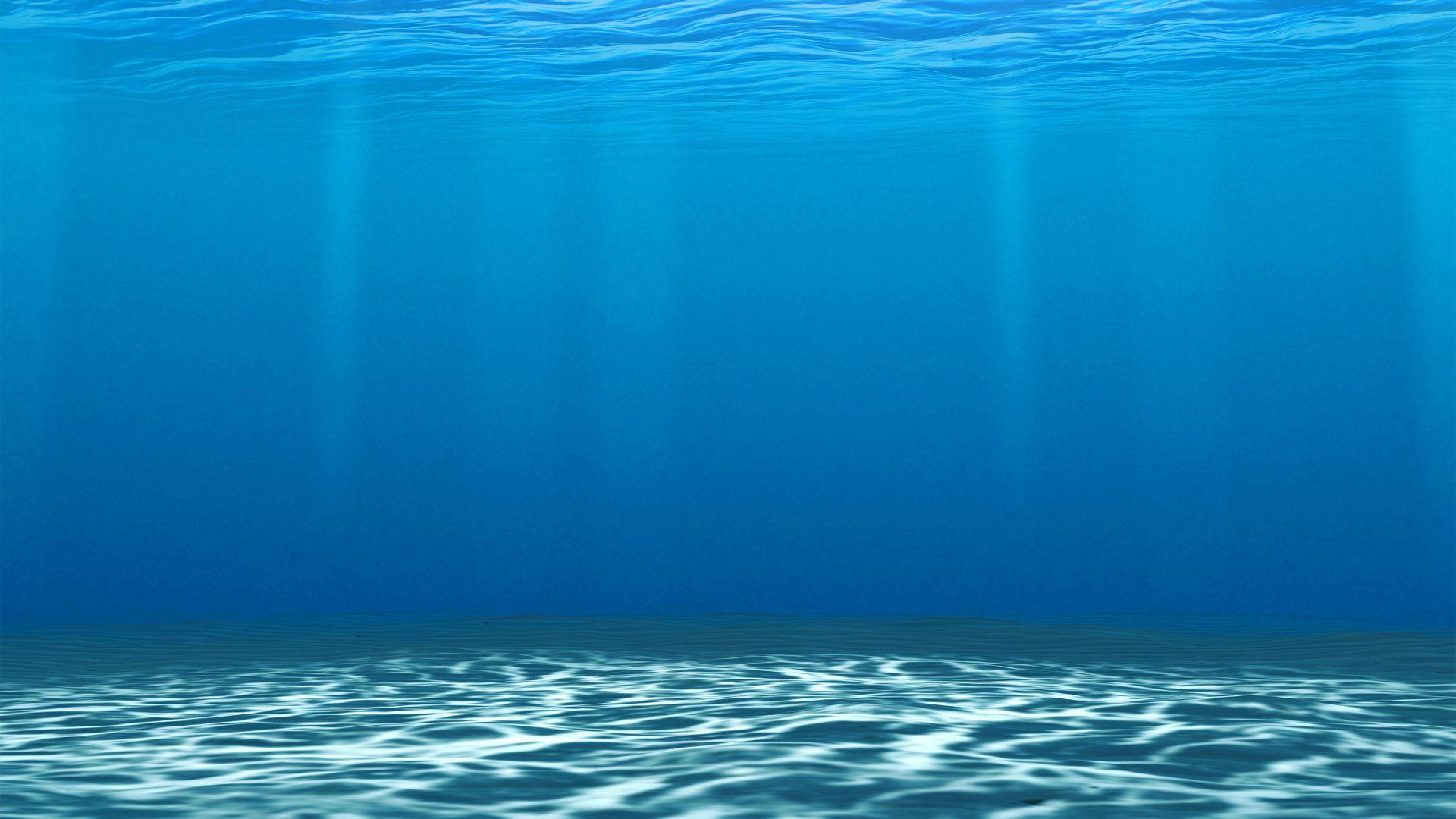
Brine pools create a strange and deadly ecosystem in the deep sea. While the pools themselves are too salty for most life, the areas around them are hunting grounds for some sea creatures. Fish, shrimp, and eels have been seen lurking near the edges of these pools.
These predators use the brine pools like a trap. When other sea animals accidentally swim into the super salty water, they’re quickly stunned or killed. The hunters then swoop in for an easy meal. It’s a harsh but fascinating example of how animals adapt to use even the deadliest environments to their advantage.
Brine Pools as Natural Archives: Uncovering Earth’s History
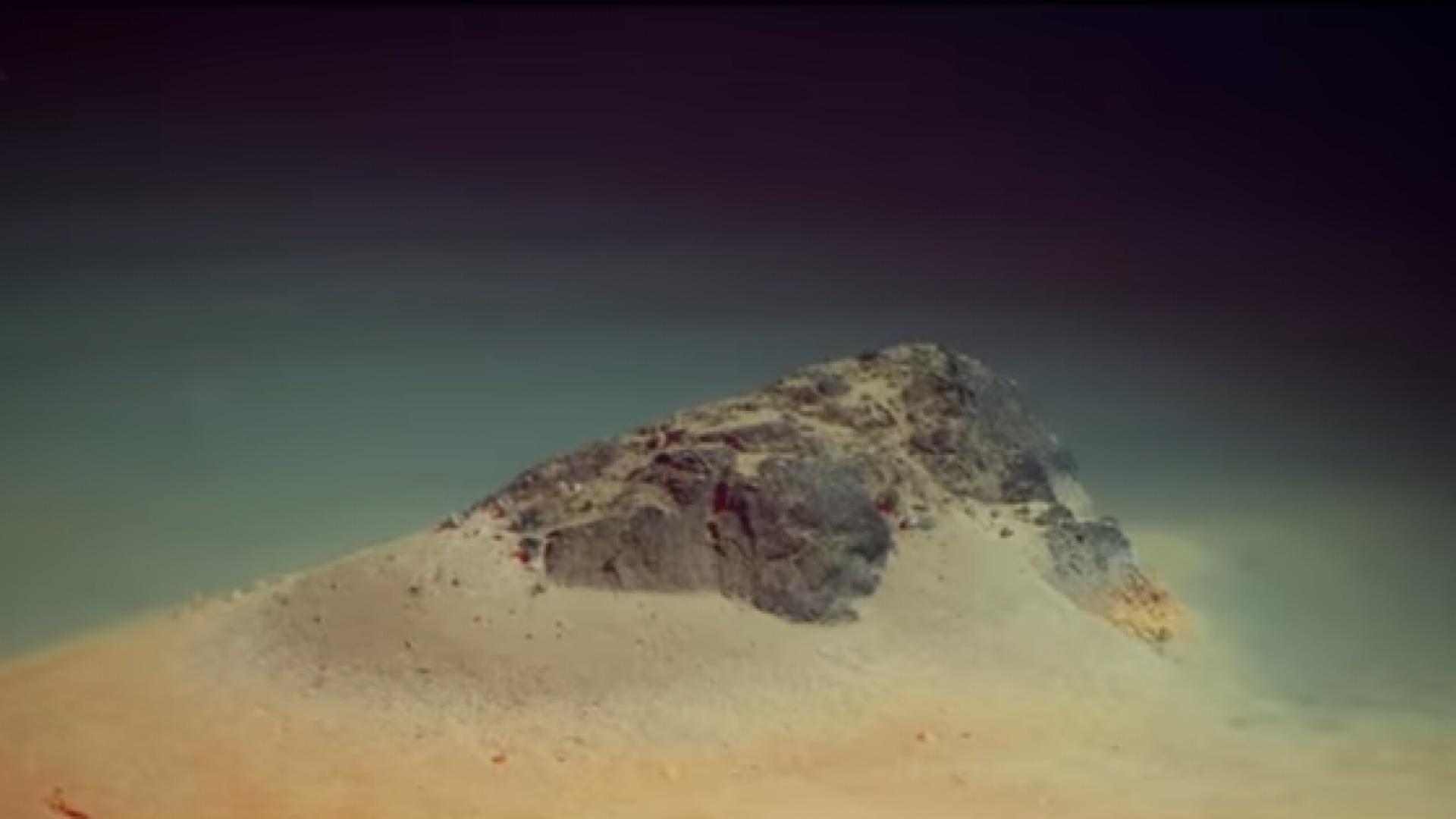
Brine pools are like nature’s history books. The mud at the bottom of these pools builds up over time, layer by layer. Each layer can tell us something about what the Earth was like when it formed. Scientists can take long tubes of this mud, called core samples, to study.
By looking at these samples, researchers can learn about past climate changes, earthquakes, and even tsunamis. For example, the NEOM Brine Pools have shown that big floods happen about every 25 years, and tsunamis about every 100 years in that area. This information is incredibly valuable for understanding how often these events might happen in the future.
The Impact of Brine Pool Research on Coastal Development and Natural Disaster Preparedness
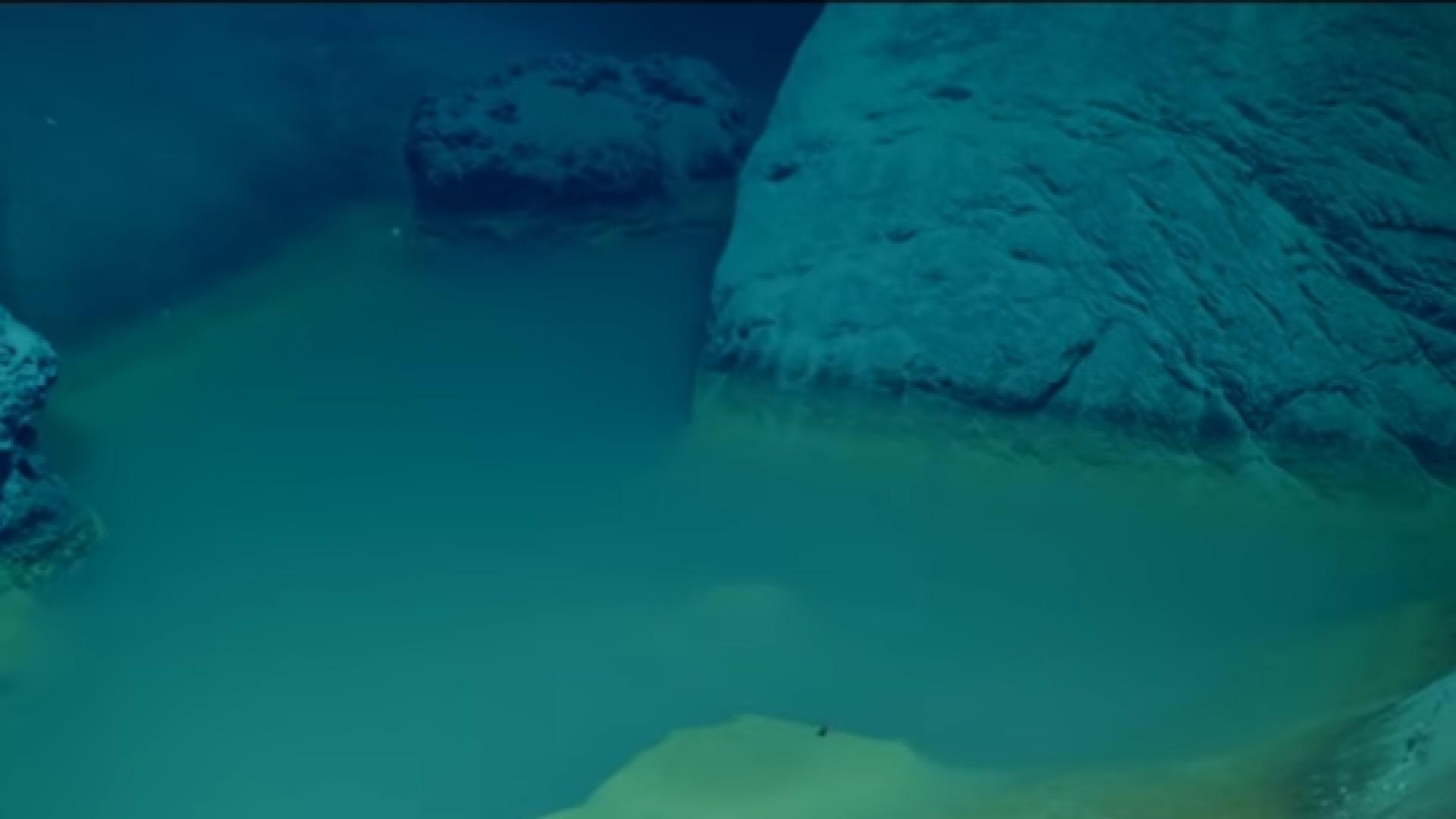
The study of brine pools, especially those close to shore like the NEOM pools, has important real-world applications. The information gathered from these pools can help us understand the risks of natural disasters in coastal areas. This is crucial as more people move to live near the sea.
For example, knowing how often tsunamis or major floods have happened in the past can help city planners make better decisions about where and how to build. It can also help communities develop better emergency plans. As we learn more from these underwater time capsules, we can better protect coastal cities and the people who live there.

